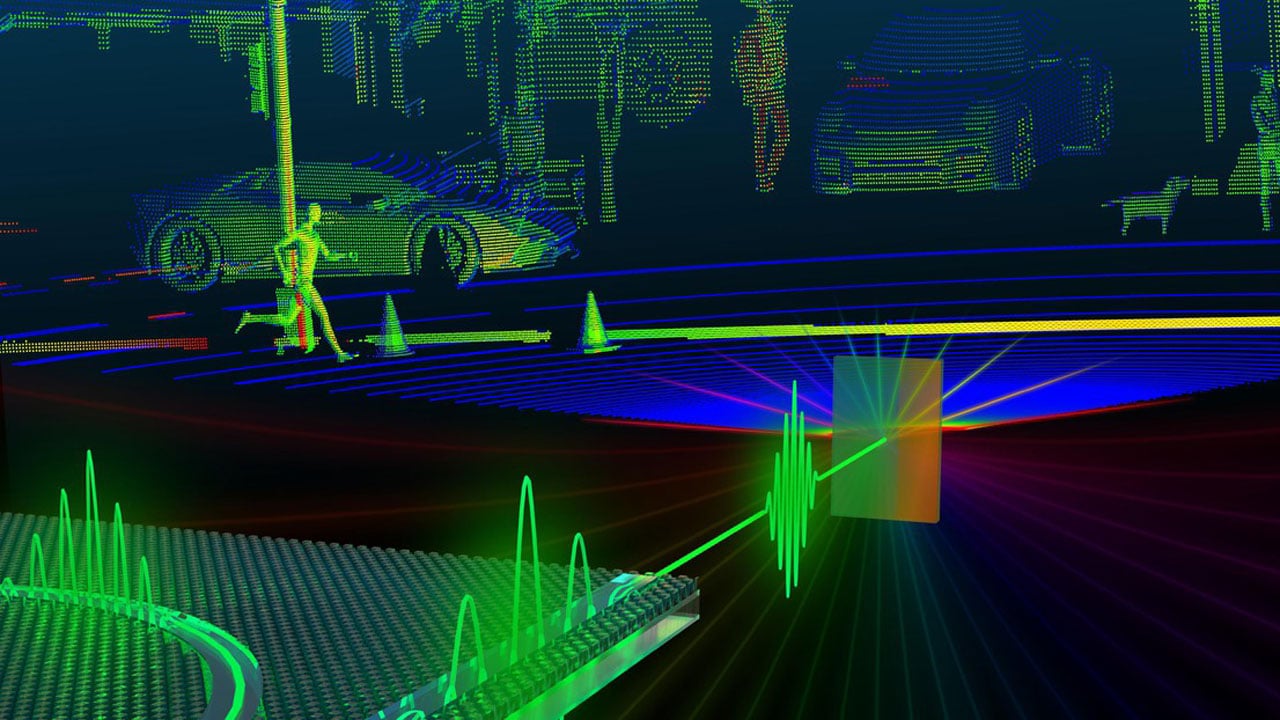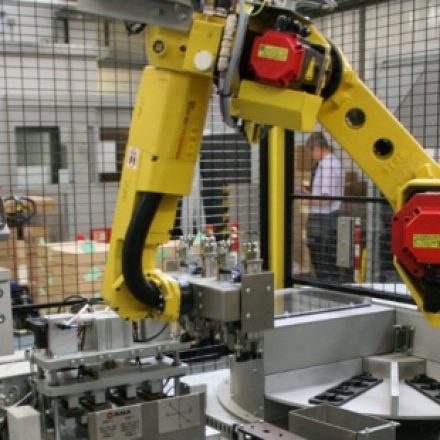
FMCW Lidar: A Game-Changing Technology For Autonomous Vehicle
Research on autonomous technology is evolving with the passing day and fmcw lidar is the new game changer in this industry. Lidar is the short form for Light Detection and Ranging. An autonomous vehicle can have a wide variety of deployment and lidar technology is one of them which is often described as the eyes of autonomous vehicles. They provide eye-safe and long-term performance with high spatial density. The driver can easily unlock faster perception, track and classify the vehicles. The fiber-based optical technology reduces the dependence on optical fibers that require high manufacturing costs and also has several cons. They perform with a high beat frequency, a process that is different from FMCW Radar.
How does it work?
The FMCW lidar is quite similar to radar. Both of them send a burst of laser wavelengths targeting the point and retain a copy of that wavelength chirp. The technology is just for self-propelled cars, autonomous taxi delivery services as well as buses. Now the exact match of the wavelength ‘chirp’ continues to assemble with the onboard copy. Now the reflected signal and the onboard copy get combined together, amplifying the intensity of the signal, it is capable of more sensitive detection.
Key advantages of FMCW detection
- Higher sensitivity: The FMCW offers a longer range and higher sensitivity by utilizing coherent gain from the onboard amplification. It uses lasers in the short-wave infrared band so that it can produce enough eye-safe power to meet the targets.
- Velocity in each pixel: The fmcw lidar provides a direct Doppler velocity for each pixel. It doesn’t require frame-to-frame calculation to identify the objects and it can classify at five times faster speed as compared to ToF.
- Immunity to Sunlight: This unique detection method uses transmitted chirp to process the signals. Other lidar systems can’t affect its performance systems operating close proximity. It is uniquely designed to reject unwanted lights from the other site.
- Easy to integrate: When compared to ToF, these systems are much easier to integrate into semiconductor packages. The fmcw sensors are significant for their performance advantages, coupled with their ability for complete advantages.
Why Lidar is better than ToF
ToF is the acronym for Time of Flight. There are several reasons why lidar is superior to ToF. Lidar works in a faster and more accurate way than the other one. It is a more technologically advanced application. Devices that have lidar are less likely to cause a problem. However, it is important to mention that ToF needs less specialized equipment for combating similar devices.
Conclusion
Autonomous driving is no doubt an innovation in the entire autonomous industry. The fmcw lidar technology can range over 250 m even in bad weather conditions. This technology is so powerful due to its sensors which can detect the smallest light, which operates in the wavelength range of 1550 nm. Different popular automotive brands are including this technology in their cars to improve artificial intelligence.





